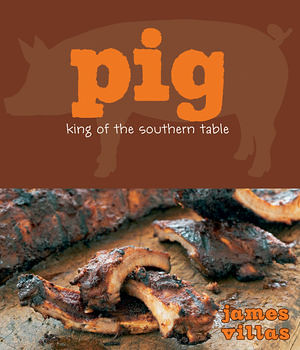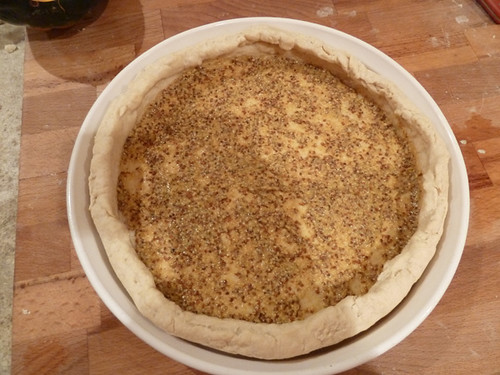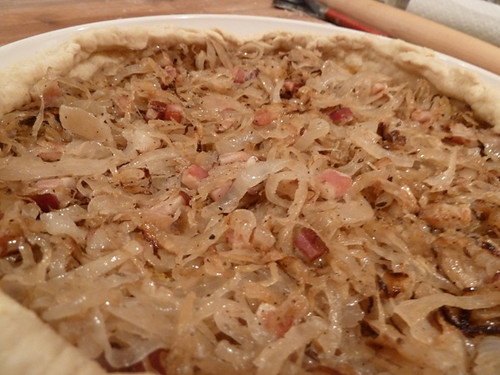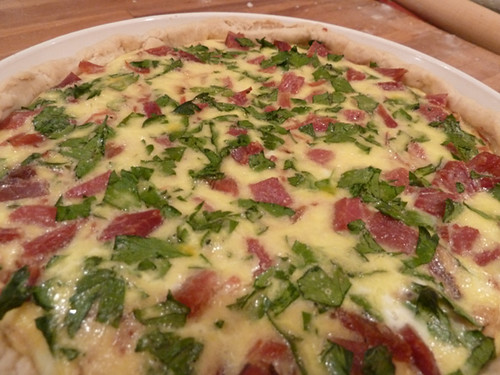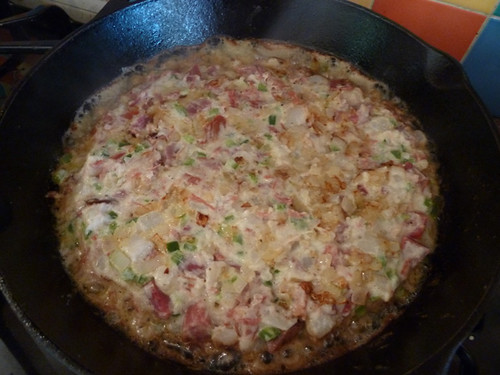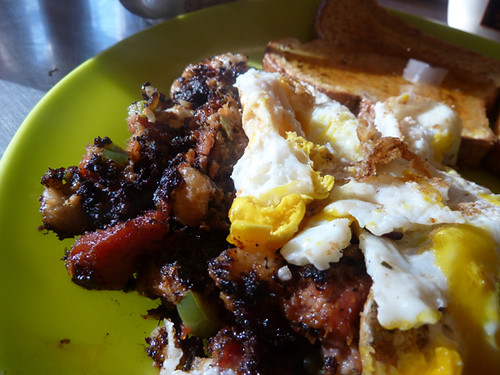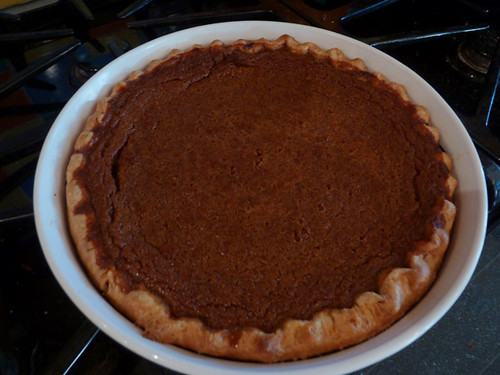Today I am very excited to announce that one of the founding goals of Sky Full of Bacon has been met. No, this is not another setup for a gag like the Mexican April Fool’s prank video. It’s the real thing, which is: the first in a series of videos for the Chicago Reader (who are launching a redesigned food section this week) called Key Ingredient. In the videos and the attached articles (written by Julia Thiel), we will throw a weird ingredient at a Chicago chef, and he or she will invent a dish from it. The opening cheftestant is one Grant Achatz of Alinea, and his ingredient is the kluwak kupa:
You can read the article and get the recipe here. Though the device of challenging a chef with a mystery ingredient is not a new one, I think the way Key Ingredient does it is distinctly different from, oh, say, a TV show with a bombastic pseudo-samurai chef and cooks running around in a panic. The point here is to let the chefs reveal how they think, how they approach an ingredient (even one as out of left field as the kluwak kupa). It’s high on character study, low on screaming. At the same time, the video side is short and sweet, considerably faster-paced than my usual Sky Full of Bacon videos; it’s a quick sketch, not an in-depth portrait.
So that’s why you should watch and read Key Ingredient (and check out everything else happening in the revised Reader food section… which will be news to me too, I had nothing to do with it otherwise). But for me the deeper significance is that, although it’s not the first time I’ve done video for publications, it’s not even the first time I’ve done video for publications and gotten paid, it does represent the first time that I believe a publication has taken on my kind of video as a sustained strategic effort to serve readers in the new online media environment. My hope from the beginning with Sky Full of Bacon was that by demonstrating a capacity to do good journalism, not just slick video, in video form, full of my own passion and knowledge and inquisitiveness about food, somebody would see an opportunity in it to expand their media brand online as video becomes an inevitable part of every journalistic enterprise— not an add-on to print but simply part of how you tell the story. It’s happened a number of times in one-offs, but this is the first one that’s a regular branded feature. (Yes, this probably means regular Sky Full of Bacon videos will be at least as infrequent as they were in 2010, but I promise they won’t halt entirely, when there’s a genuinely great subject for a longer form piece.)
But hey, I’ve still got several days a week open, so feel free to email or call me. Yeah, the world is full of people who shoot food video, but if you want video that really has the taste of the world of food and speaks to your foodie readers/viewers/whatevers, the name is Bacon. Sky Full of Bacon. Enjoy The Reader’s Key Ingredient, and there will be a new one in the same place, next week.
P.S. Thanks to those who not only linked it all but mentioned my involvement (more prominent in the print version, by the way, which was kind of them), including Nick, Ari, and many Twitterers including Sula and Sudo. I really appreciate the support and admire that there are so many class acts on our side of the Chicago foodie world, too.


 Posted in
Posted in 
